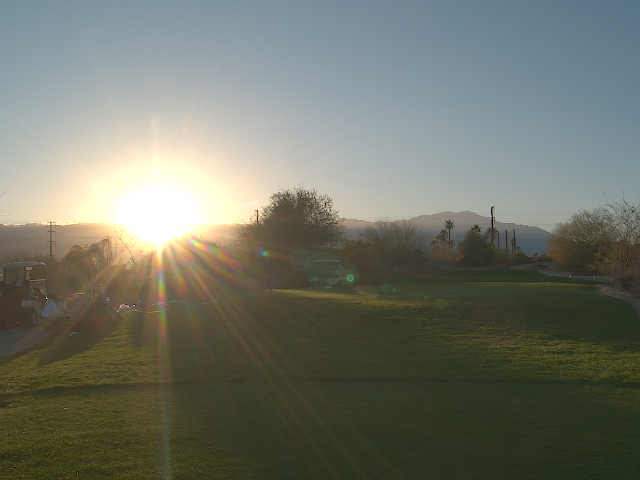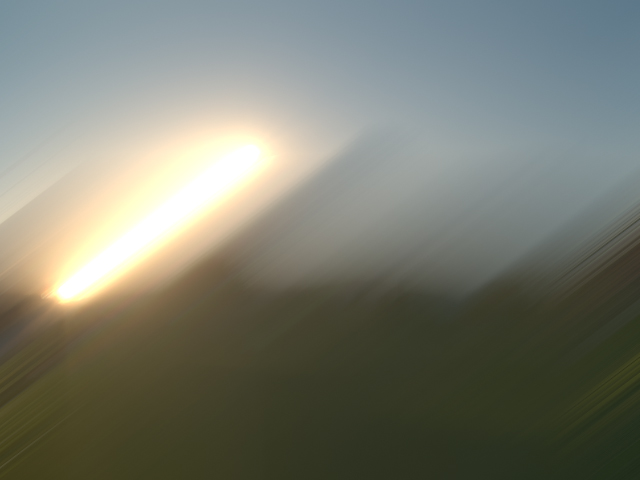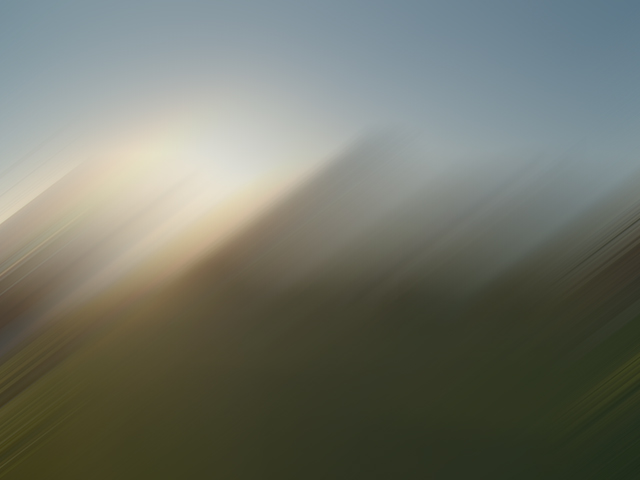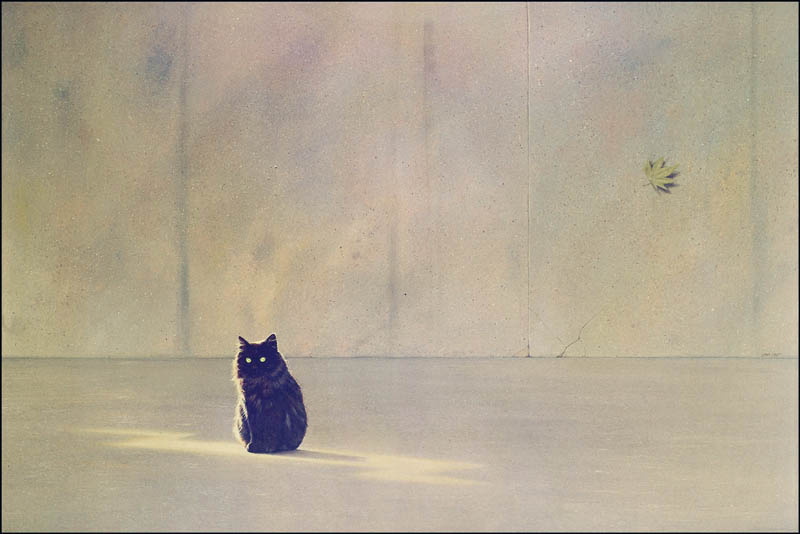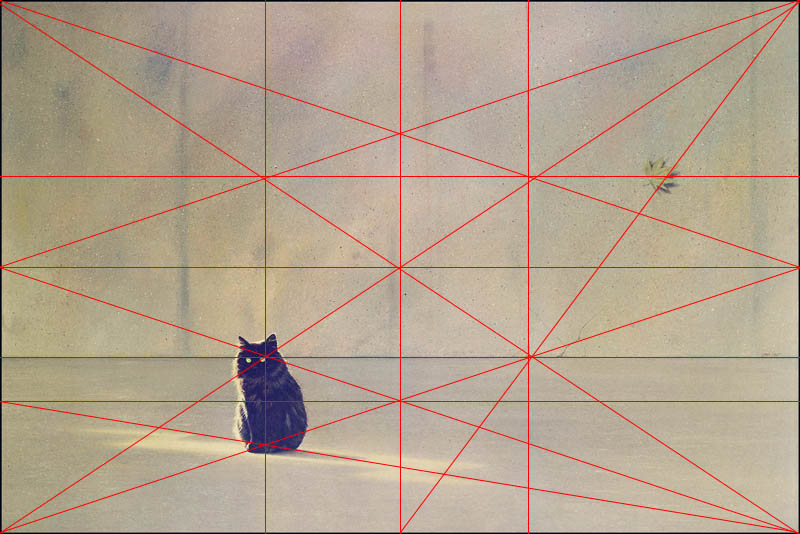Linear images for the rest of us
I think one of the most obvious weakness of linear image files is the inherent difficulty to clearly explain them.
I've been explained many times, and I did tried many times to explain it, with mixed results.
Having a thick Italian accent doesn't help I may add (I might get away with it on this blog thought).
Yet I can't seem to give up on this: digital linear images is what got my excited again after working for over 17 years in CG, and it u brings to a full circle everything I know about art, images, light, technology and the art of making a perfect ragu' sauce. Well maybe not the ragu', although that sauce does requires a series of sequential steps that need to be religiously followed in order to achieve a superior result...
And as I want everybody to like my ragu', I'd like everyone to embrace linear images as the way to go.
Enough with the ragu now, let's get to the meat of this (pardon the pun).
When 16bit images software became available a while ago I felt that was the solution of all the problems we were having with digital images: banding, posterization, clipped whites and blacks, etc. It turned out that it to be just an improved 8bit: while banding/posterization was alleviated, clipped whites and blacks where still present.
8bit images stores blacks values as zero and whites values as 255: 16bit instead stores whites values as 32768, so you have more steps in-between black and whites to play with. 8bit and 16bit images are also usually called INTEGER formats, as they only use integer (whole) numbers.
Wouldn't be wonderful if images could have values that are darker than black and brighter than whites? Just like in real life...
That's what a 32bit linear image format (or HDR) does (and more). Besides the higher number of bits it is important to note that 32bit it is a FLOATING format.
What's does "floating" means? It means you can store numbers in this format as fractions of integers: while you may not care less about integers or floats, the 32bit floating formats in short allows an image to have darker than blacks and lighter than whites values.
Imagine a photo you shot years ago, and you realized there is some detail in the shadow that you may want to recover, something that makes you wished you shot another set with higher exposure: now imagine taking that photo in photoshop and just change the exposure to reveal everything you want to see, right into the darkest part of the image: that photo could be a faithful representation of the lighting conditions of the scene you want to capture, from the darkest shadow under the car to the brighter sun in the sky. If you could have such an image, you would use a software to decide what to overexpose and what to underexpose, trying to get back to what you had seen with your own eyes, without the limitation of traditional photos.
This is by the way what artists have been trying to do since they have been scratching graffiti on top of caves many years ago: capture for other to see what they have seen with their own eyes.
Now I don't want to give the impression that this is the ultimate tool to make art: HDR wont give you a Pollock or a VanGogh, but it may aid you to get the picture you want, the one you have seen with your eyes before triggering the shutter.
This is just a tool, and like any other tool it requires mastering. Artists for centuries have been trying to compress the vast dynamic range before their eyes on a flat surface: some of their results have been astounding, and by looking at some tonal mapping images I can see how HDR can aid photographers to get closer to their vision. I'm not saying that everyone could be a VanGogh just by using tonal mapping: I'm saying that we have a new tool in our arsenal that can get our photos to look closer to that world, which is the one we see every day.
HDR is the ultimate image format, and not just because it has darker blacks and brighter whites than a 8/16bit integer image: it also store value in LINEAR progression (actually it's most advanced feature). This is necessary in order store values which is less than zero, unlike 8/16bit integer images. So how do you display such an image? There are some $40k monitors that can display HDR natively, but everybody else will see a "portion" of the HDR image with a viewing gamma applied to it in order to display it correctly on a monitor: note that HDR images have NO GAMMA, but monitors do, so the HDR images need to have a gamma applied to it before the data it's been sent to the display.
The fact that HDR have no gamma makes the images behave like the real word counterpart: have you ever applied a gaussian blur to an image trying to replicate a out of focus image? If you did, you should be familiar with the results, which are quite mushy... On the other hand the same gaussian blur applied on a HDR image with values beyond the visible black and whites will give you a perfect bokeh.
I know there are focus good plugins, but you see these plugins are just designed try to "mimic" the behavior of real world effects, something HDR do without mimicking. It's the real thing.
See by yourself in the example below.
This is a sunset HDR image how it looks on my screen:
This is the same image after a motion blur filter with a value of 20:
This is the same motion blur filter applied AFTER converting the HDR image to 8bit:
This is a kind of an extreme example, but it does the job.
I hope this clarify the basics of HDR linear images enough to illustrate the potential of this image format without going into too much technical jargon.I believe in the near future we will have cameras that can capture a great deal of dynamic range in just one shot: there are instances where this can be overkill, like for instance in a shot of a grass field, but HDR can be a powerful tool for the photographer who is willing to explore all the possibilities of his photos without been limited to the current 7-8 stops of current digital cameras.
Here's the original HDR psd file used for the examples above.
http://giancarlolari.net/LIN/HDR_fisheye_sunset32.psd.zip
